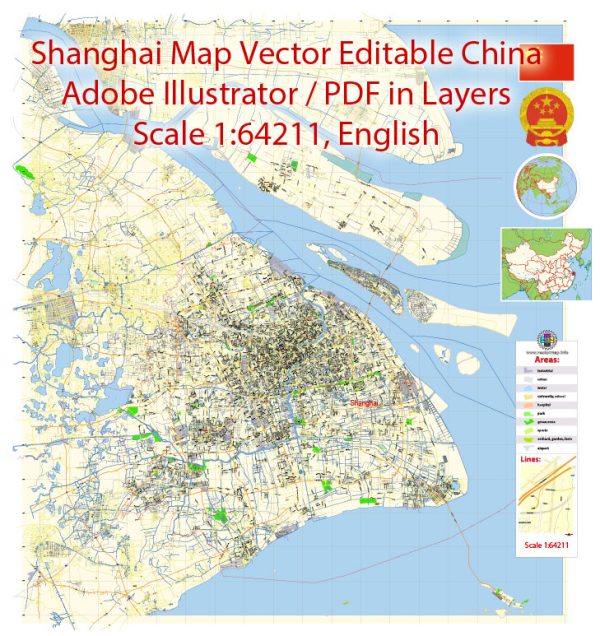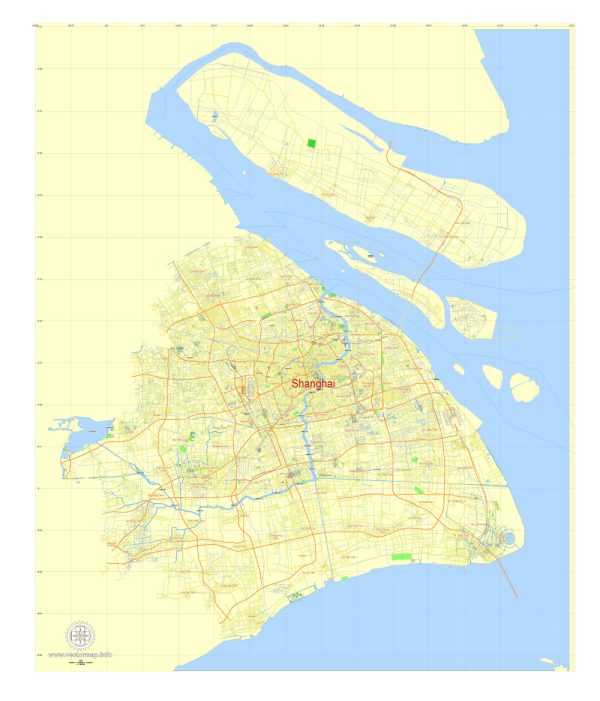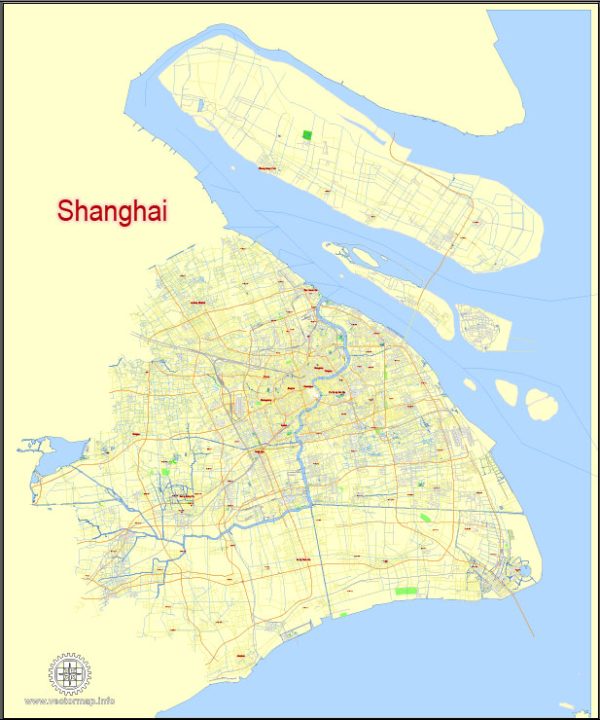Shanghai, China, is renowned for its impressive and diverse architectural landscape. As one of China’s most dynamic and modern cities, it showcases a fascinating mix of historical structures, iconic skyscrapers, and innovative contemporary designs. Here’s a brief description of some of the key architectural elements and landmarks in Shanghai:
- The Bund: The Bund is a historic waterfront area along the Huangpu River. It features a stunning collection of early 20th-century neoclassical and art deco buildings. These structures offer a glimpse into Shanghai’s colonial past, and they provide a striking contrast to the modern skyscrapers on the opposite side of the river.
- Shanghai Tower: The Shanghai Tower is one of the most iconic modern skyscrapers in the city. Completed in 2015, it stands at 632 meters (2,073 feet) and is the second-tallest building in the world. The twisting design of the tower not only makes it visually striking but also enhances its structural stability.
- Jin Mao Tower: Completed in 1999, the Jin Mao Tower was one of the tallest buildings in the world at the time. It combines traditional Chinese architectural elements with modern skyscraper design. The golden pagoda-like structure at its peak is a distinctive feature.
- Oriental Pearl Tower: This iconic tower is known for its futuristic and unconventional design. It stands along the Pudong skyline and features spheres linked by pinkish columns, making it one of the most recognizable landmarks in Shanghai.
- Shanghai World Financial Center: This skyscraper is famous for its unique circular aperture at the top, which makes it resemble a bottle opener. It is another significant addition to the Pudong skyline and has both commercial and observation deck facilities.
- Shanghai Oriental Art Center: This cultural venue is an architectural masterpiece with its futuristic, flower-like design. It hosts various artistic performances and exhibitions and is known for its acoustics and aesthetics.
- Longhua Temple: For a glimpse of ancient Chinese architecture, the Longhua Temple is a must-visit. It’s one of the oldest and most well-preserved temples in Shanghai, with a history dating back over 1,700 years.
- Shanghai Museum: This cultural institution showcases a unique blend of traditional and modern architecture. The building’s design is reminiscent of an ancient Chinese cooking pot, and it houses an extensive collection of Chinese art and cultural artifacts.
- Xintiandi: Xintiandi is a popular area for its preservation of traditional Shikumen-style architecture, which features stone gate houses and narrow alleys. These historic buildings have been converted into a trendy shopping and dining district.
- Shanghai Disney Resort: This modern entertainment complex features a blend of Disney’s signature architecture and Chinese cultural elements, creating a unique environment for visitors.
Shanghai’s architecture reflects its transformation from a traditional Chinese city to a global metropolis. The city beautifully blends the past and present, offering a rich tapestry of architectural styles and a testament to China’s rapid urban development.




 Author: Kirill Shrayber, Ph.D.
Author: Kirill Shrayber, Ph.D.